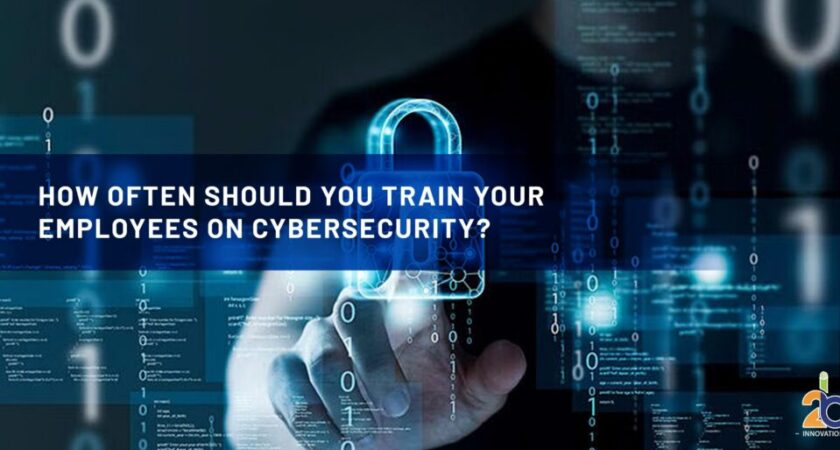Cybersecurity is no longer an afterthought for businesses. With cyberattacks constantly evolving and posing a significant threat, especially to small businesses (60% don’t survive an attack!), regular and effective cybersecurity awareness training is crucial.
But how often is “regular” and what makes training “effective”? This article dives into the critical question of training frequency. It’s not just about the schedule (annual, quarterly, monthly) but finding the right balance that keeps your team vigilant without burnout.
Finding the Right Frequency
The frequency of cybersecurity training hinges on several factors.
- Business Size and Complexity: Larger organizations with complex systems offer more opportunities for data breaches, so training might need to be more frequent.
- Data Sensitivity: Some industries, like healthcare, handle highly sensitive data and may have regulations mandating specific training frequency.
Beyond the Basics: A Data-Driven Approach
While annual training is a start, here’s a more effective approach:
- Quarterly Reviews: Regularly review and update your cybersecurity programs, including knowledge checks through tests or phishing simulations.
- Data-Driven Decisions: Use data from training to adjust frequency. Are employees struggling with specific concepts or falling for phishing simulations? Increase training for those areas.
Making Security Awareness Training Engaging
Building a strong cybersecurity culture takes time and planning. The key is keeping employees engaged, which can be a challenge with cybersecurity content. Here’s how to make training enjoyable:
- Varied Formats: Cater to different learning styles with a mix of formats like quizzes, videos, and graphics. Show real-world examples of cyber threats and how to spot red flags, especially for visual cues like phishing and spoofing emails.
- Phishing Simulations: With billions of phishing emails sent daily, simulations are a great way to test employee knowledge and identify areas for improvement. This shouldn’t be punitive; it’s a learning experience for everyone.
- Microlearning: Cybersecurity doesn’t have to be long and tedious. Bite-sized refresher courses can boost retention rates by 80%. Short, engaging modules can easily fit into busy schedules.
- Gamification: Incorporate game mechanics like points, quizzes, and leaderboards to make learning fun and interactive. Studies show gamification motivates employees and leads to higher knowledge recall.
Employees: Your First Line of Defense
Cybersecurity has shifted from a technical field to one that heavily relies on user awareness. Modern threats target individuals, and a well-trained workforce is your first line of defense.
The challenge is designing training programs that are both informative and engaging while considering different technical skills and job roles. Analyze your current training effectiveness before implementing new methods.


